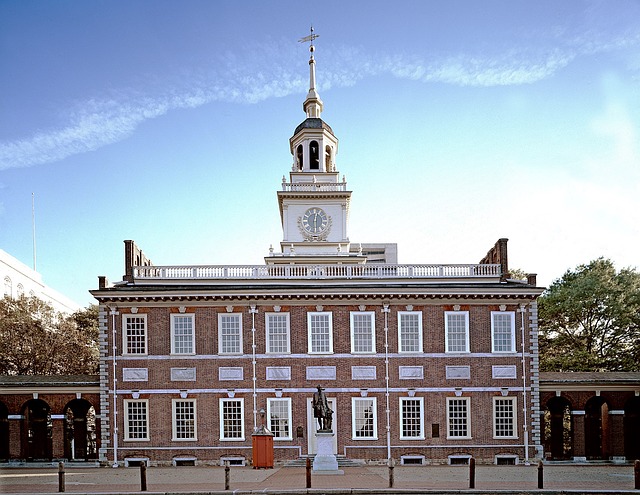Your Guide to Historic Preservation in Philadelphia

Have you ever wondered how something comes to be designated a historical landmark, with all the preservation protections that come along with it? Did you know that you yourself can start the process of historic preservation in Philadelphia? It’s actually not a very daunting process. And it’s one that does good. Only two percent of Philadelphia’s buildings are on the Historic Register, and many more belong there. Yet, organizations like the Preservation Alliance of Greater Philadelphia only have the resources to nominate between five to 10 buildings a year. What does that mean? It means that concerned citizens like you can step in to help the process along.

You can do your part to ensure historic preservation for important Philadelphia landmarks and objects.
First of all, you pick the building, structure, site, object, street, or district that you feel warrants historic preservation. Make a good choice, because once your pick has received historic preservation, it’s likely to stay standing or intact for a long time. Buildings or objects of choice need not be associated with the founding fathers to land on the list. According to Curbed Philadelphia, “Modernist buildings (50 years or older) are increasingly added to the register, such as the John Coltrane House in West Philly and the gym where heavyweight world champion Joe Frazier trained to fight Muhammad Ali.” Most historic buildings and items are located in Center City. Consider bringing representation to under-served neighborhoods, especially if you yourself live there.
Next you reach out to The Historical Commission to make a formal nomination. City code lists ten possible criteria for designation on the list of historic places. You need to find one or more of these criteria that make your nominee eligible for historic preservation. Then you wait for a period of time – which can be as long as 20 business days – for the Historical Commission to review your nomination. Next is a review by the Commission to ensure that your application is complete. This process can take months. Once the form is deemed complete, however, the structure receives temporary designation and cannot be demolished until a final decision is made. Then a public hearing is held by the Committee on Historical Designation, and the outcome determines the fate of your nominee.



